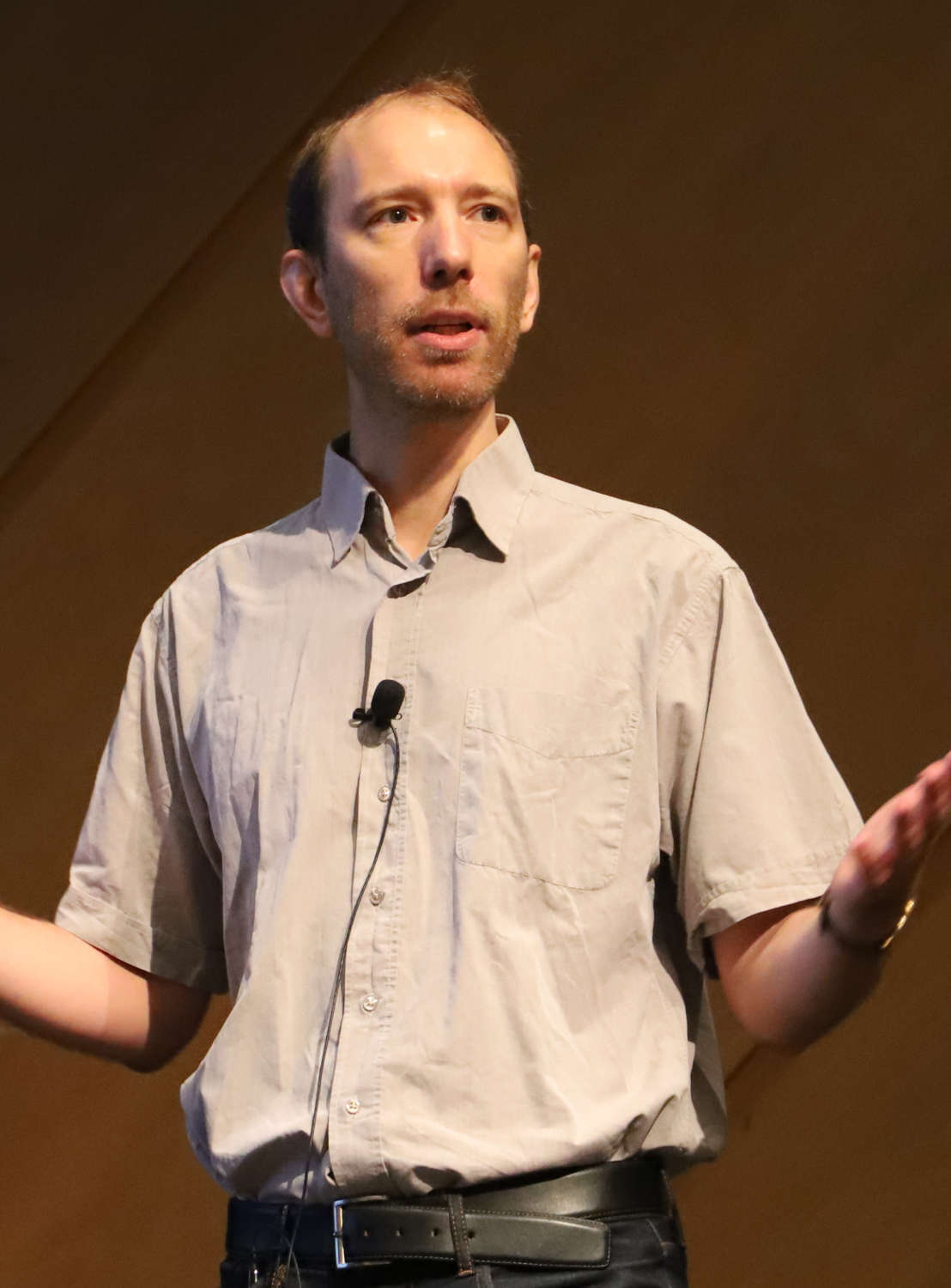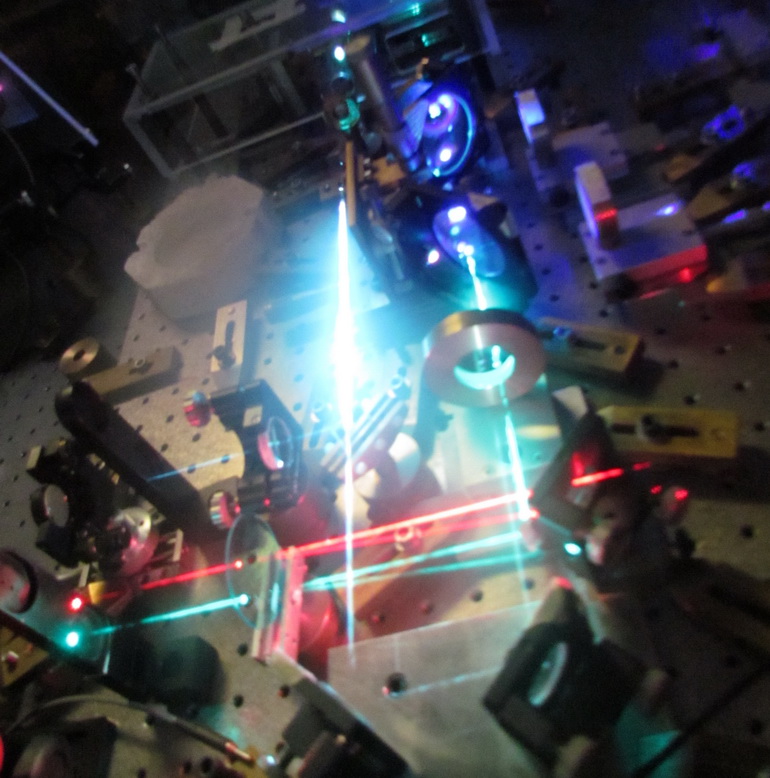
Quantum photonics using carbon nanostructures (nanotubes, graphene quantum dots)
Femtosecond spectroscopy of electronic and vibrational states of hybrid (organic / inorganic) and metallic nanostructures
The study of energy exchanges between an out-of-equilibrium Dirac electron gas and a hyperbolic substrate by spectroscopy (electronic and optical) of thermal fluctuations in a graphene channel transistor.
He teaches physics at all levels for undergraduate up to master students both at the University of Paris and at the ENS (Ecole Normale Superieure)
Since 2017, he has also been director of the research network “Graphene and co” (GDR 3217 of the CNRS) devoted to 2D materials of the graphene family and their derivatives.
Contact
LE126
0144323845 L065
0144322556 GH013
GH014
0144323842
Laboratoire de physique
de l’Ecole normale supérieure
24 rue Lhomond 75005 PARIS
Publications
Selection of recent publications:
- C. Raynaud et al., “Superlocalization of excitons in carbon nanotubes at cryogenic temperature”, Nano Letters 19, 7210 (2019)
- X. We et al., “Carbon nanotubes as emerging quantum-light sources”, Nature Materials 17, 663 (2018)
- W. Yang et al., “A graphene Zener-Klein transistor cooled by an hyperbolic substrate”, Nature Nanotechnology 13, 47 (2018)
- S. Zhao et al., “Single photon emission from graphene quantum dots at room temperature”, Nature Communications 9, 3470 (2018)
- A. Jeantet et al., “Widely tunable single photon source from a carbon nanotube in the Purcell regime”, Phys. Rev. Lett. 116, 247402 (2016)
Curriculum Vitae
Presently
- Professeur at University of Paris
- Director of GDR 3217 “Graphene and co”
- Team leader: “Nano-optics” at LPENS
Curriculum and previous positions :
- 1993-1998 : Student at Ecole Normale Supérieure de Cachan and Université of Paris Sud (Orsay)
- 1996 : Agrégation of physics (teaching habilitation)
- 1998-2000 : PhD (Quantum optics lab., Ecole Polytechnique, Université Paris Sud), PhD Adv. : Fabrice Vallée.
- 2001: post-doct at LPMC, ENS, Paris
- 2001-2011 : Assistant professor at ENS, in Laboratoire Pierre Aigrain.
- 2001-2006: deputy director of the preparation center for physics agregation (ENS, P6, P7, P11, Montrouge)
- 2007-2009 : Supervisor of the L3 curriculum at the physics department, ENS
- 2006-2007 : Visiting scientist at Columbia University (New York, USA), T. Heinz group.
- 2009 : HDR (Habilitation) at Université Pierre et Marie Curie
- 2011- : Professeur à l’Université Paris Diderot (now Université of Paris)
Download full CV : ![]()
Research topics
Experimental techniques
Laser sources

Many of them use non-linear optical techniques, such as the optical parametric amplifier photographed in the image opposite.
Main research topics

Teaching
Lectures :
- Nano-photonics (M1, FIP)
- Introduction to solid state physics (L3)
- Quantum physics (Tutorials, L3)
- Electrons and phonons in nano-structures (M2 DQ)
- Wave optics (Tutorials + practicals, L3 EIDD)
Jurys :
- ENS
- Agrégation externe de sciences physiques, option physique (2011-2015)










